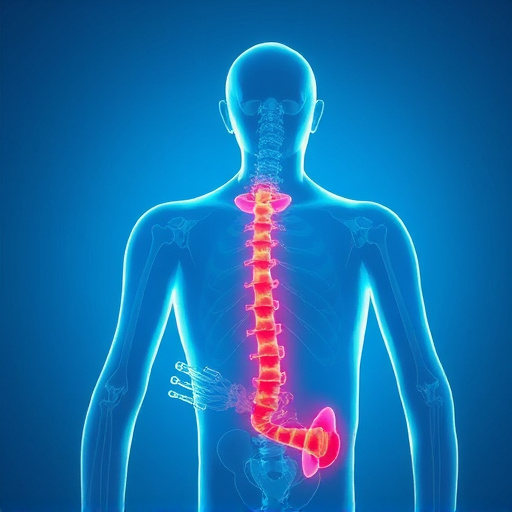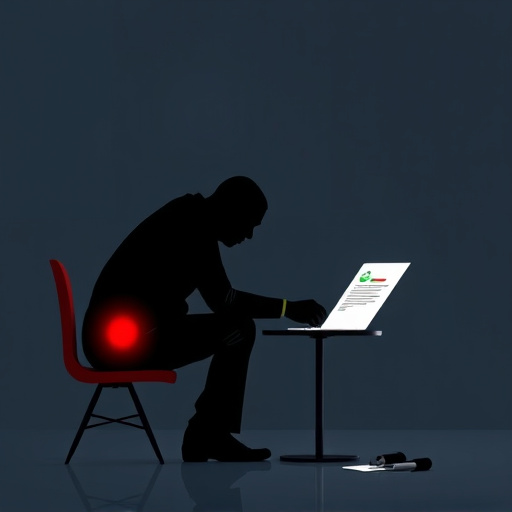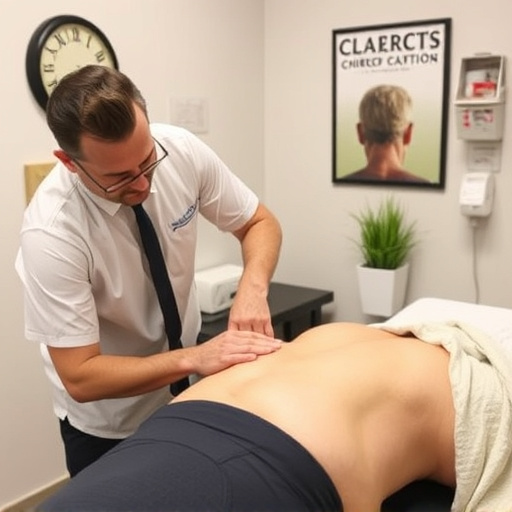Advanced soft tissue shockwave therapy leverages focused acoustic waves for precise, non-invasive treatment of musculoskeletal injuries, enhancing healing potential and reducing recovery time compared to traditional methods. Versatile techniques like ESWT and FST target chronic pain and damaged tissues respectively, making it a game-changer in sports medicine. Future trends include AI-driven diagnoses and personalized treatments, promising improved relief for headaches and enhanced outcomes for tendinopathy and fasciitis.
“Discover how advanced technology is revolutionizing modern Soft Tissue Shockwave Therapy (STST). This powerful non-invasive treatment is unlocking new levels of healing potential, offering a game-changing approach to managing injuries and pain. From navigating various therapy methods to exploring future trends, this article delves into the transformative benefits of STST. Uncover how technology is enhancing patient care, speeding up recovery times, and providing hope for those seeking relief from chronic conditions.”
- Unlocking Healing Potential: Technology's Role
- Navigating Techniques: Shockwave Therapy Methods
- Transforming Care: Benefits and Future Trends
Unlocking Healing Potential: Technology's Role

Advanced technology has revolutionized soft tissue shockwave therapy, unlocking its immense healing potential. This non-invasive treatment modality has gained significant attention in addressing various musculoskeletal and soft tissue injuries. By utilizing focused acoustic waves, therapists can now target specific areas with precision, stimulating cellular activity and promoting natural healing processes.
The role of technology in this context is multifaceted. It enables more effective spinal adjustments by providing real-time feedback and allowing for customized treatment plans. Advanced devices can also enhance the accuracy and depth of penetration, ensuring targeted shockwaves reach the affected tissues. This level of precision is particularly beneficial for treating deep soft tissue injuries, where traditional methods may have limited access.
Navigating Techniques: Shockwave Therapy Methods

Navigating Techniques: Shockwave Therapy Methods
In the realm of modern medicine, Soft Tissue Shockwave Therapy (STST) has emerged as a revolutionary approach to treating various soft tissue injuries and musculoskeletal conditions. This advanced technology transcends traditional therapy methods by using focused acoustic waves to stimulate healing within the body. STST offers a non-invasive procedure that effectively addresses issues such as delayed muscle recovery after intense workouts or car accident injury care, without the need for extensive downtime or side effects associated with surgery.
The versatility of shockwave therapy methods is notable, with different techniques tailored to specific conditions. Extracorporeal Shock Wave Therapy (ESWT) and Focused Shockwave Therapy (FST) are two prominent applications. ESWT delivers low-energy waves from outside the body, making it ideal for treating tendinopathies and chronic soft tissue injuries. Conversely, FST employs higher energy density to promote regeneration in damaged tissues, often employed in sports medicine for muscle and tendon rehabilitation. This nuanced approach ensures that patients receive targeted care, enhancing recovery potential for a wide range of soft tissue ailments.
Transforming Care: Benefits and Future Trends

Soft tissue shockwave therapy is transforming care across various medical fields, offering non-invasive solutions for conditions once requiring more aggressive treatments. This advanced technology has shown remarkable benefits in physical therapy, particularly for mobility improvement and chronic pain management. By targeting soft tissues with precise acoustic waves, therapists can stimulate healing and alleviate symptoms associated with injuries or age-related deterioration.
Looking ahead, future trends in soft tissue shockwave therapy promise even greater versatility and personalized care. Integrating artificial intelligence could enable more accurate diagnoses and tailored treatment plans. Additionally, the ongoing exploration of new energy parameters and delivery techniques may lead to enhanced headache relief and improved outcomes for conditions like tendinopathy and fasciitis. These developments underscore the potential of shockwave therapy to revolutionize physical therapy practices and patient experiences.
Advanced technology has unlocked unprecedented potential in modern soft tissue shockwave therapy, revolutionizing care for patients worldwide. By understanding various treatment techniques and their benefits, healthcare professionals can navigate this evolving landscape. As research progresses, we anticipate further enhancements and increased accessibility to this game-changing therapy, ultimately transforming the way we approach soft tissue injuries and conditions.














